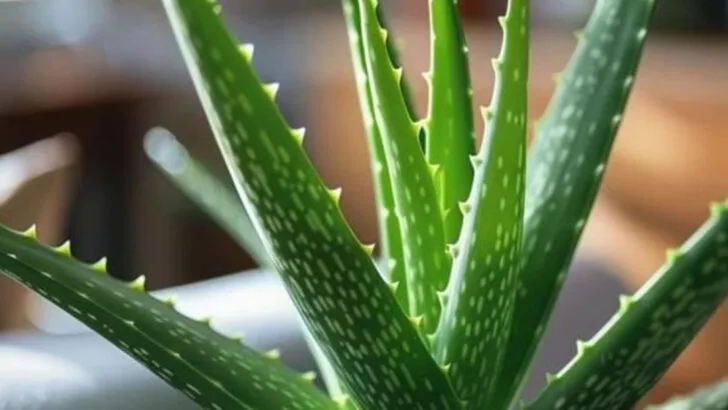Before modern medicine, pesticides, or pantry shelves full of packaged food, people turned to one reliable source: plants. Our ancestors didn’t have chemical repellents, antibiotics, or multivitamins. Instead, they relied on nature’s pharmacy, using specific herbs, roots, and greens not only to treat illness but also to keep pests at bay and sustain their families through hard times. For them, plants weren’t ornamental—they were essential for survival.
These weren’t exotic or rare botanicals either. Many of the plants they trusted grew wild in forests, fields, and homestead gardens across early America. Some repelled mosquitoes and flies, others were brewed into healing teas or used in poultices, and quite a few were just nutrient-dense foods that got people through long winters or lean harvests. One plant could serve multiple purposes—feeding the body, protecting the skin, and soothing a cough—all at once.
Today, most of these powerful plants have been forgotten or replaced by store-bought alternatives. But as interest in natural remedies, sustainable living, and ancestral wisdom grows, it’s time to rediscover what they knew so well. Here are 15 remarkable plants our ancestors relied on to fight bugs, illness, and hunger—and why they’re still worth growing and using today.
Lavender
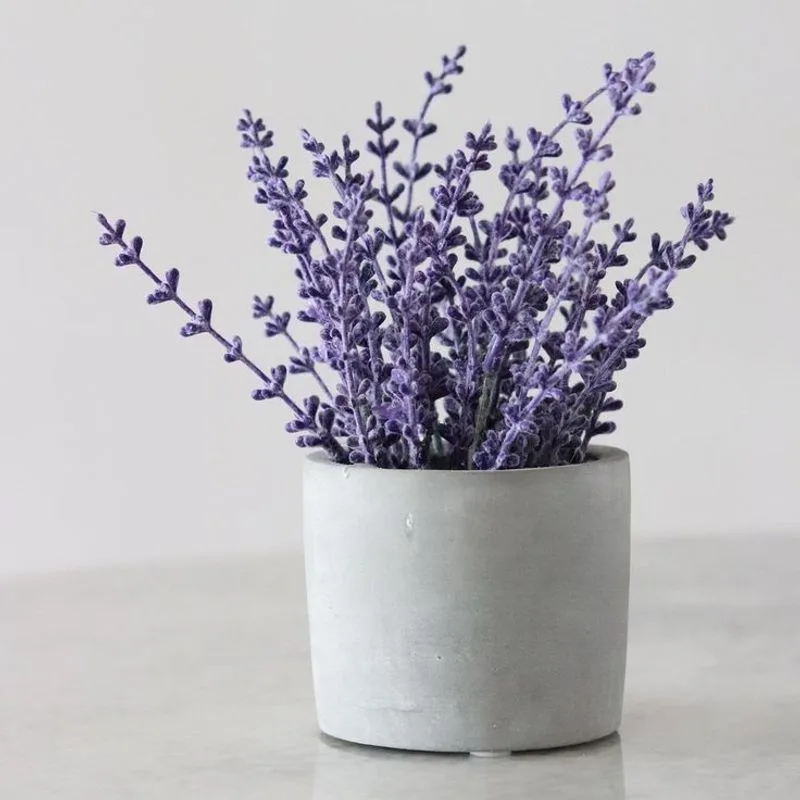
Known for its calming scent, this plant was also a natural bug deterrent. Ancient civilizations valued it not only for its fragrance but also as a means to keep pesky insects at bay. Lavender sachets were often placed in homes to maintain a bug-free environment.
Garlic
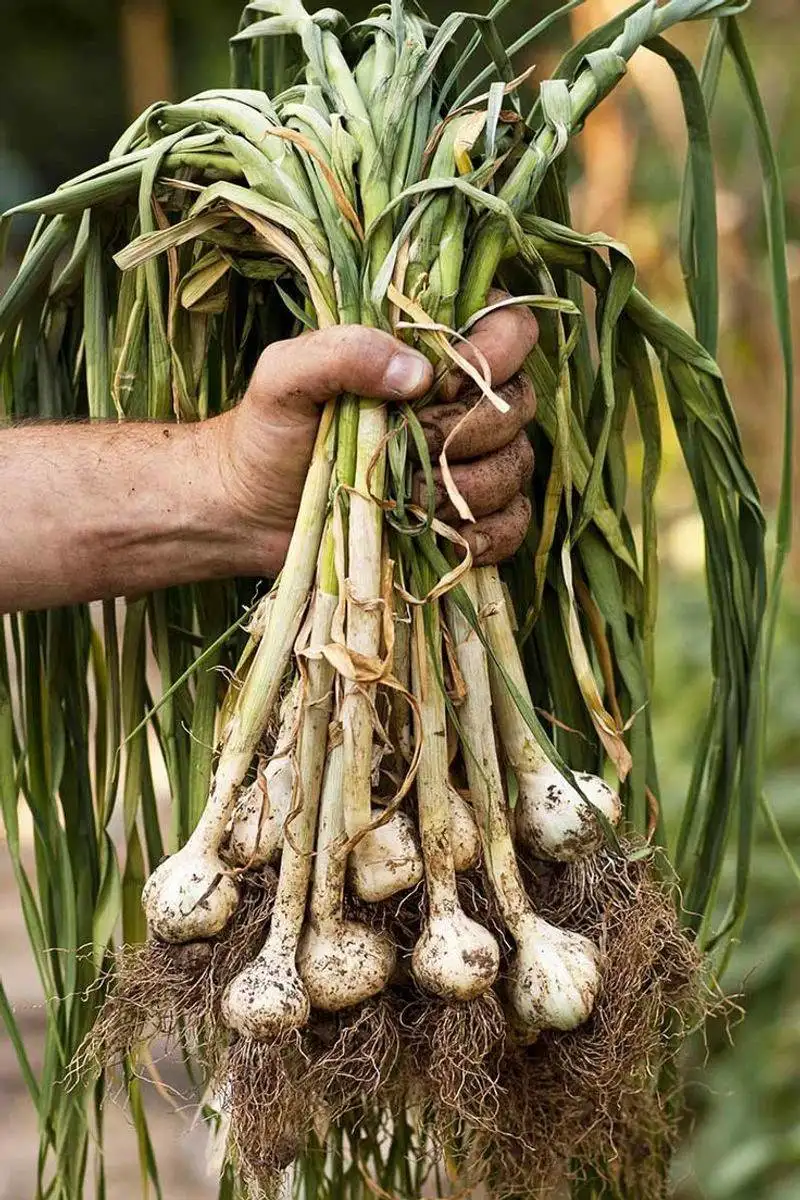
Beyond its culinary uses, garlic was a staple in ancient medicine cabinets. It was revered for its ability to boost immunity and fight infections. Many believed it could ward off evil spirits and vampires, a testament to its potent reputation.
Peppermint

This refreshing herb wasn’t just for soothing teas. Ancient healers used it to treat digestive issues and headaches. Its invigorating scent was believed to clear the mind and enhance focus, making it a favorite in apothecaries.
Aloe Vera
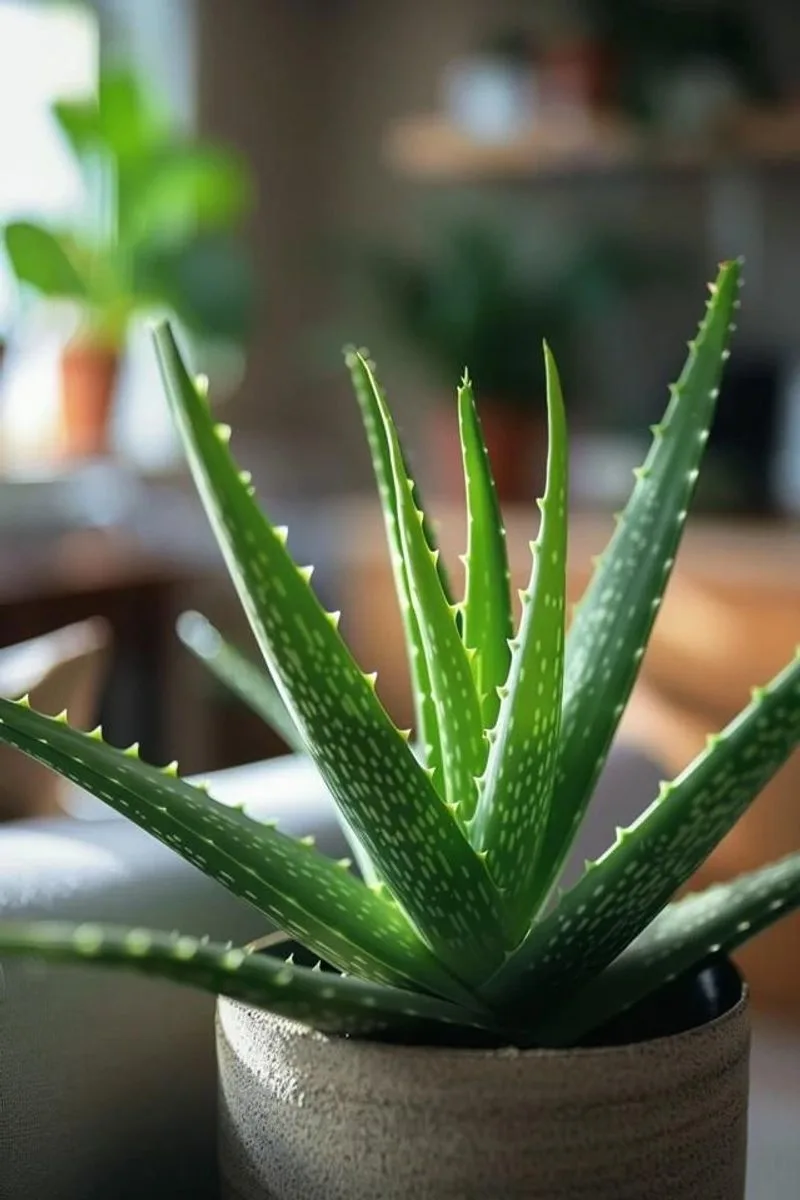
Cherished for its soothing gel, this plant was a go-to remedy for burns and skin irritations. Ancient Egyptians dubbed it the “plant of immortality,” highlighting its revered status in their herbal repertoire.
Chamomile
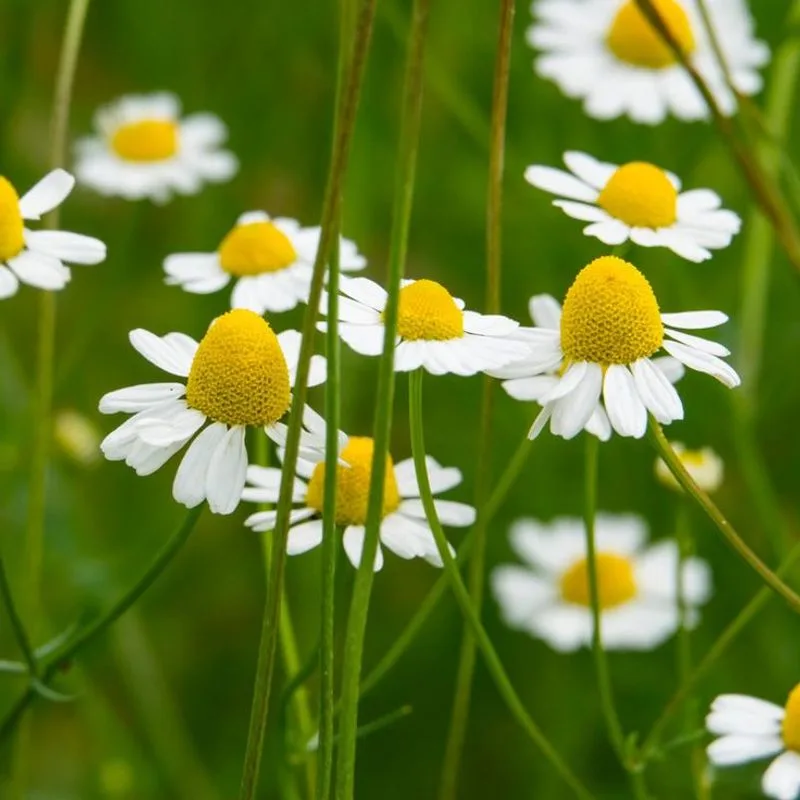
Favored for its gentle calming effects, chamomile was a staple in herbal medicine. It was often used to soothe aches, reduce inflammation, and promote restful sleep.
Echinacea
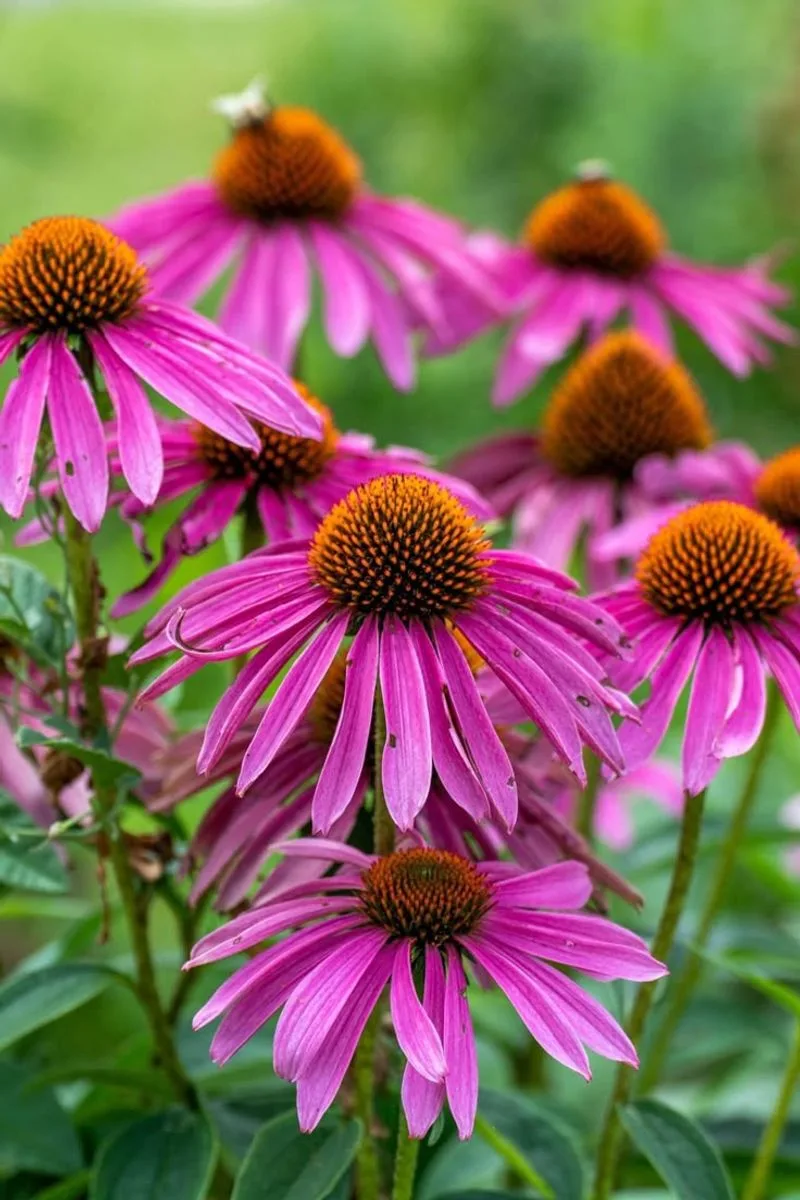
Renowned for its immune-boosting qualities, echinacea was a popular choice among Native American tribes. They used it to fight infections and speed up recovery from illness.
Ginger
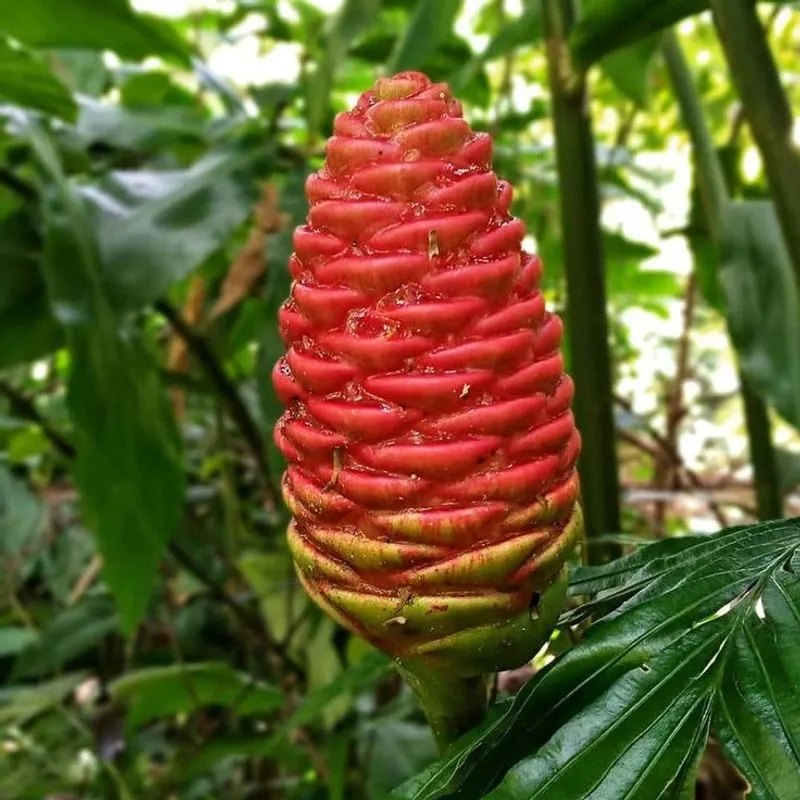
This zesty root wasn’t just for flavoring dishes. Its warming properties made it a staple in treating nausea and digestive troubles in ancient medicine.
Basil
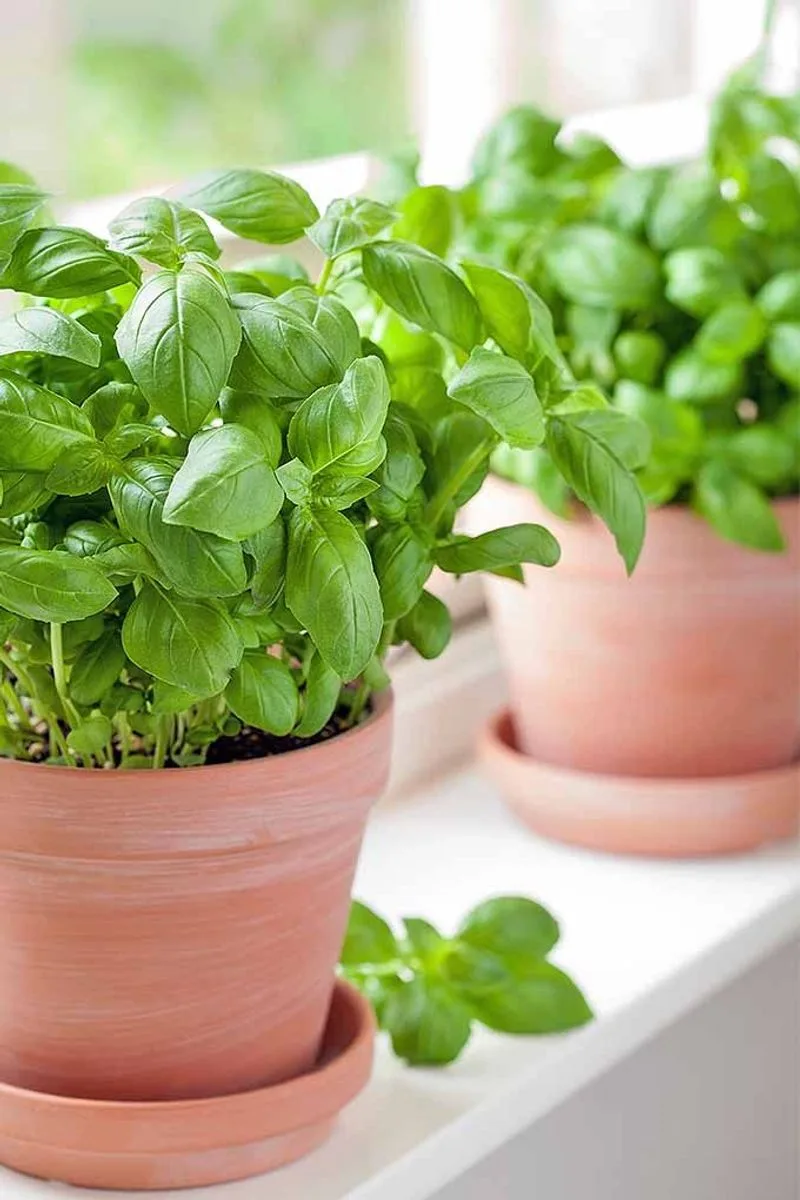
Beyond its culinary delights, basil was revered for its medicinal properties. It was used to relieve stress and support digestion. Many cultures considered it a sacred herb.
Rosemary
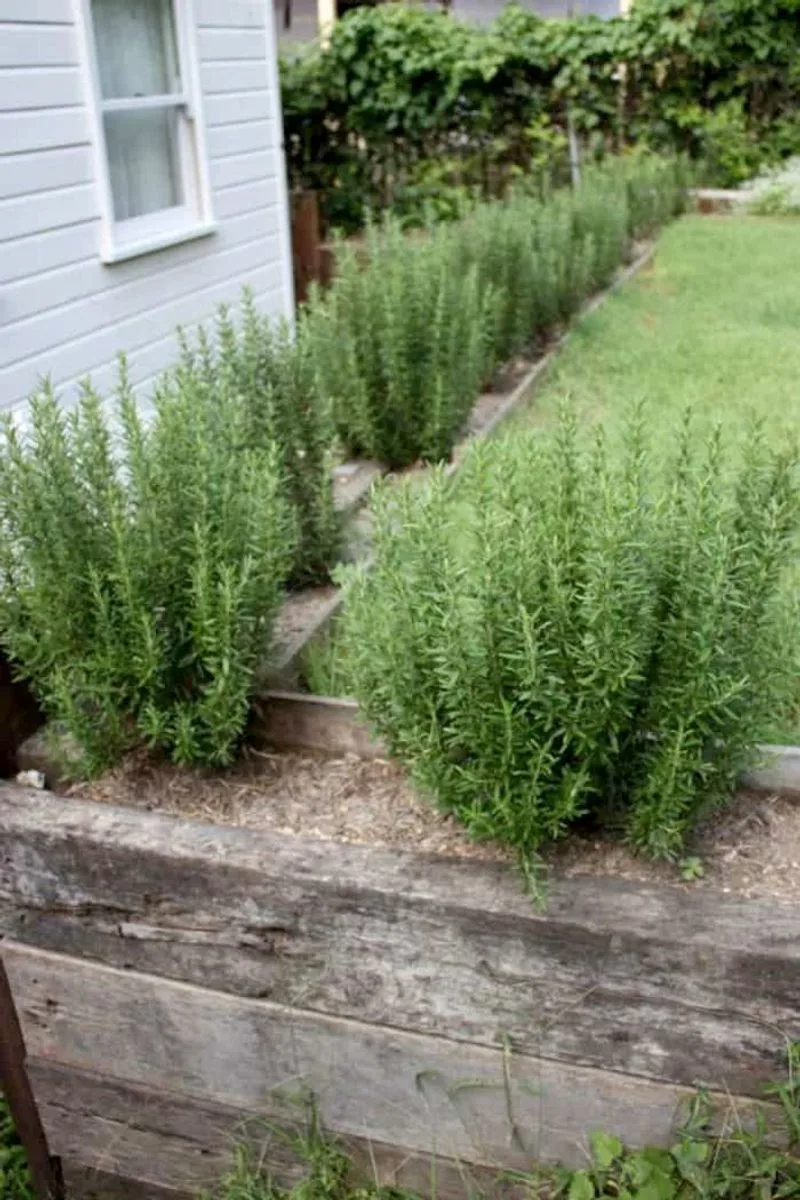
This aromatic herb was believed to enhance memory and concentration. Ancient scholars would often wear rosemary garlands to aid in their studies.
Sage
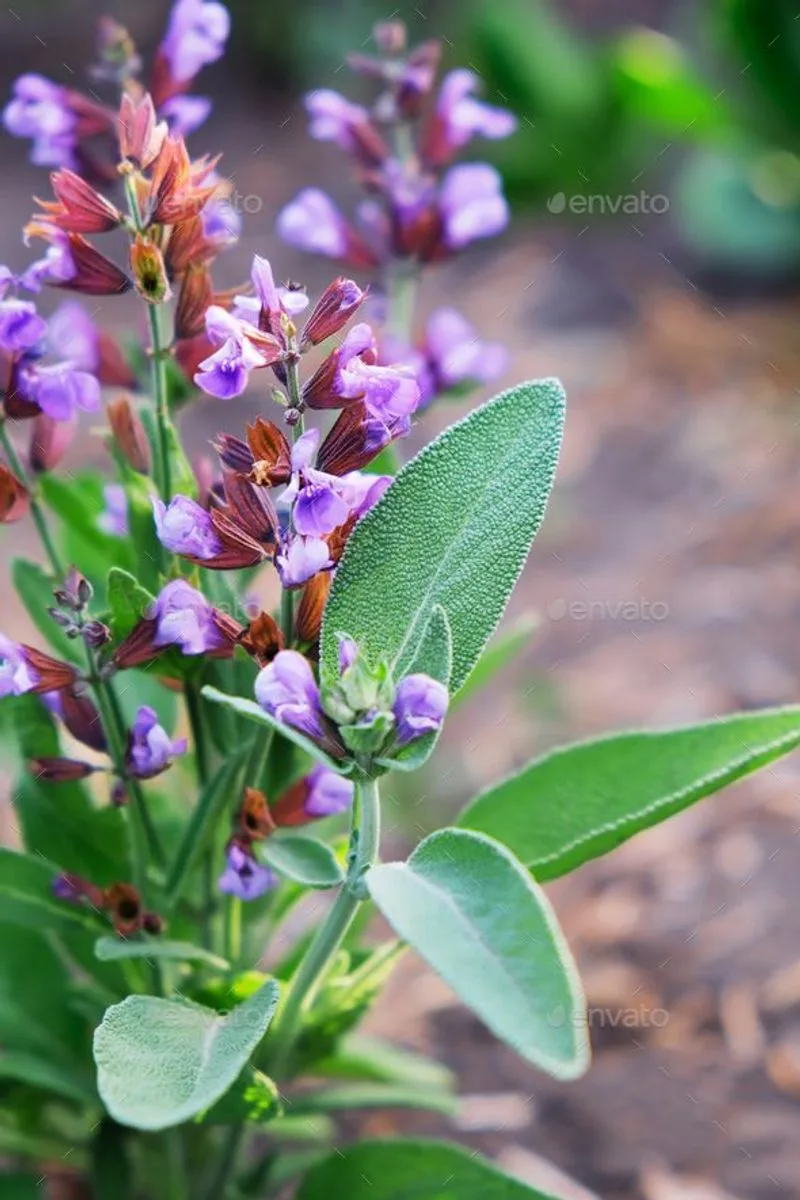
Celebrated for its cleansing and healing properties, sage was a key component in traditional rituals. It was used to purify spaces and ward off negative energies.
Thyme
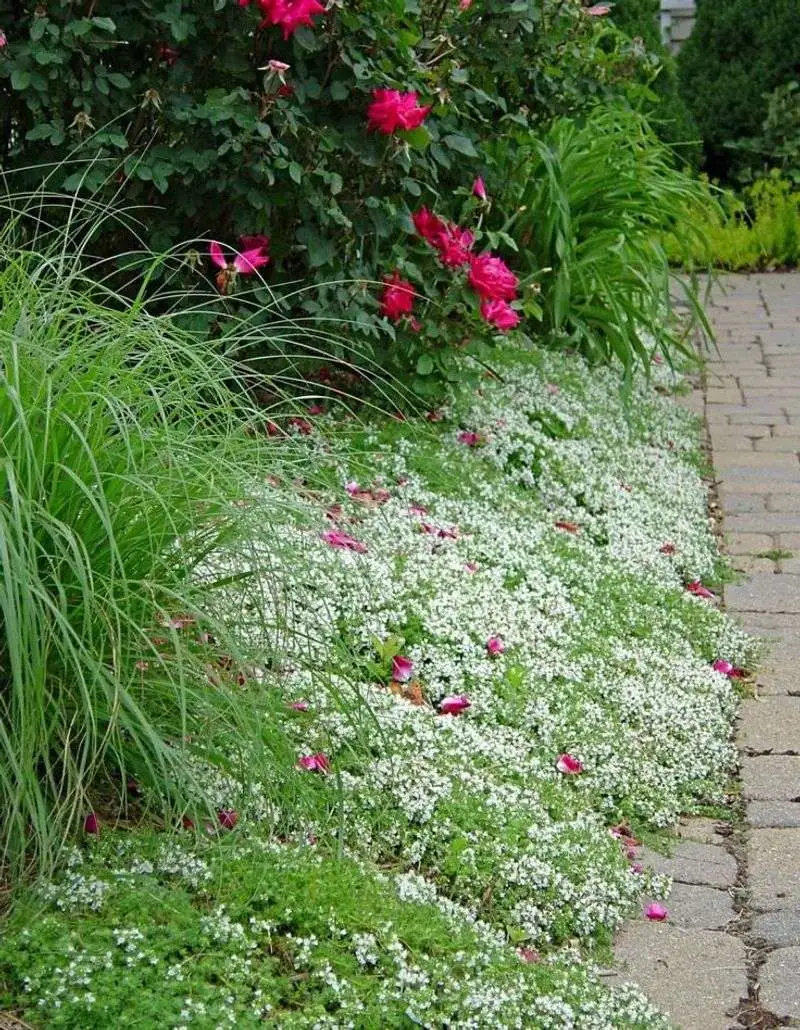
Rich in antiseptic properties, thyme was a trusted ally in ancient medicine. It was used to treat respiratory ailments and infections, earning its place in many herbal remedies.
Calendula
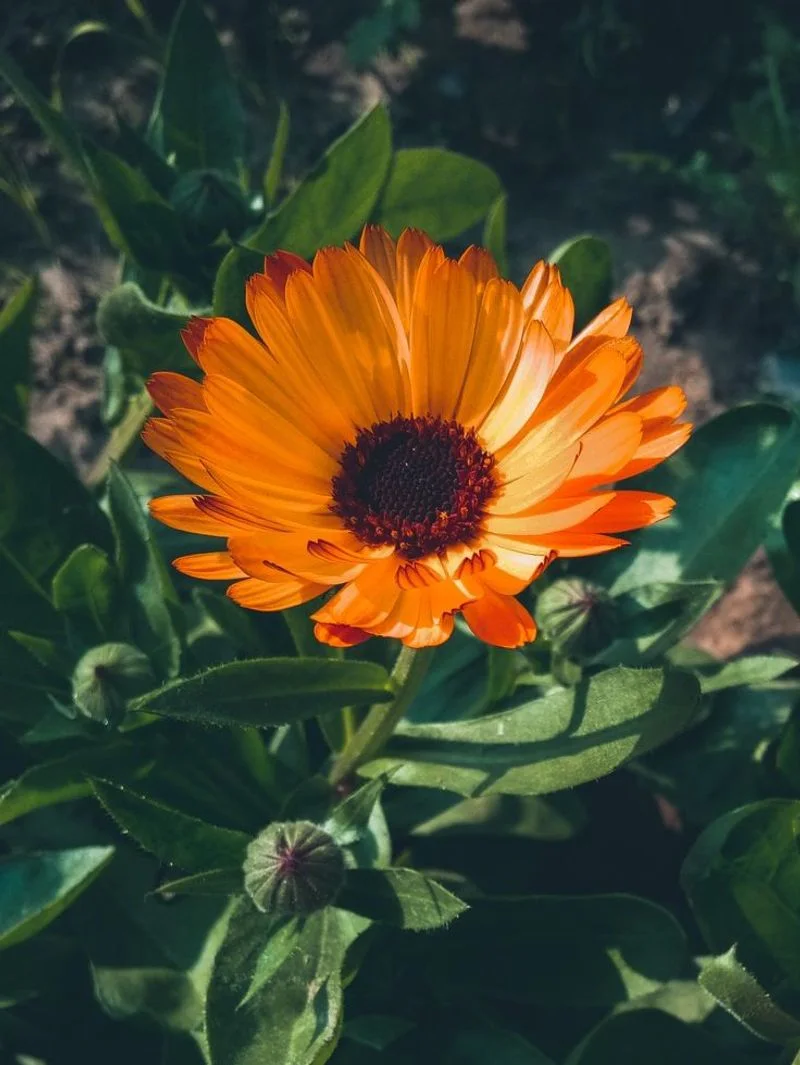
Known for its healing properties, calendula was a staple in treating skin irritations and wounds. Its bright flowers were a common sight in herbal gardens.
Yarrow
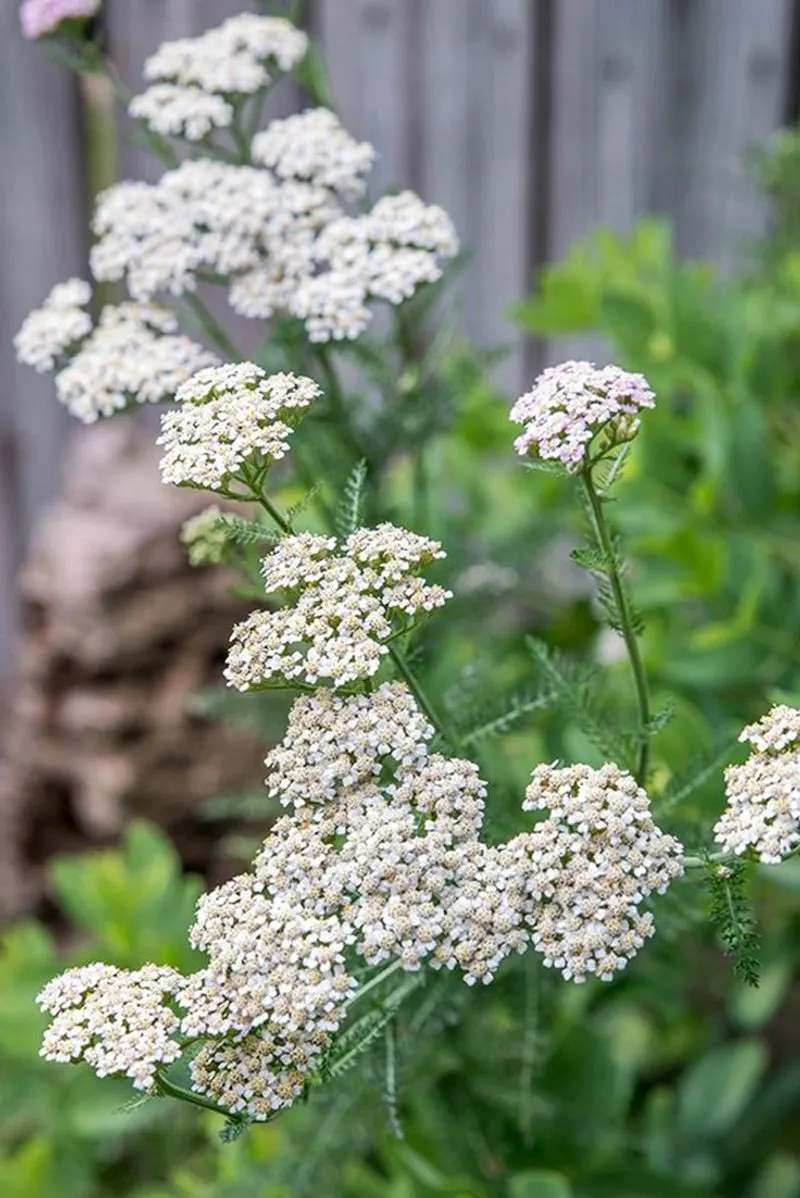
This resilient plant was used to stop bleeding and promote healing. Its name is derived from Achilles, who is said to have used it to treat his soldiers’ wounds in battle.
Lemongrass
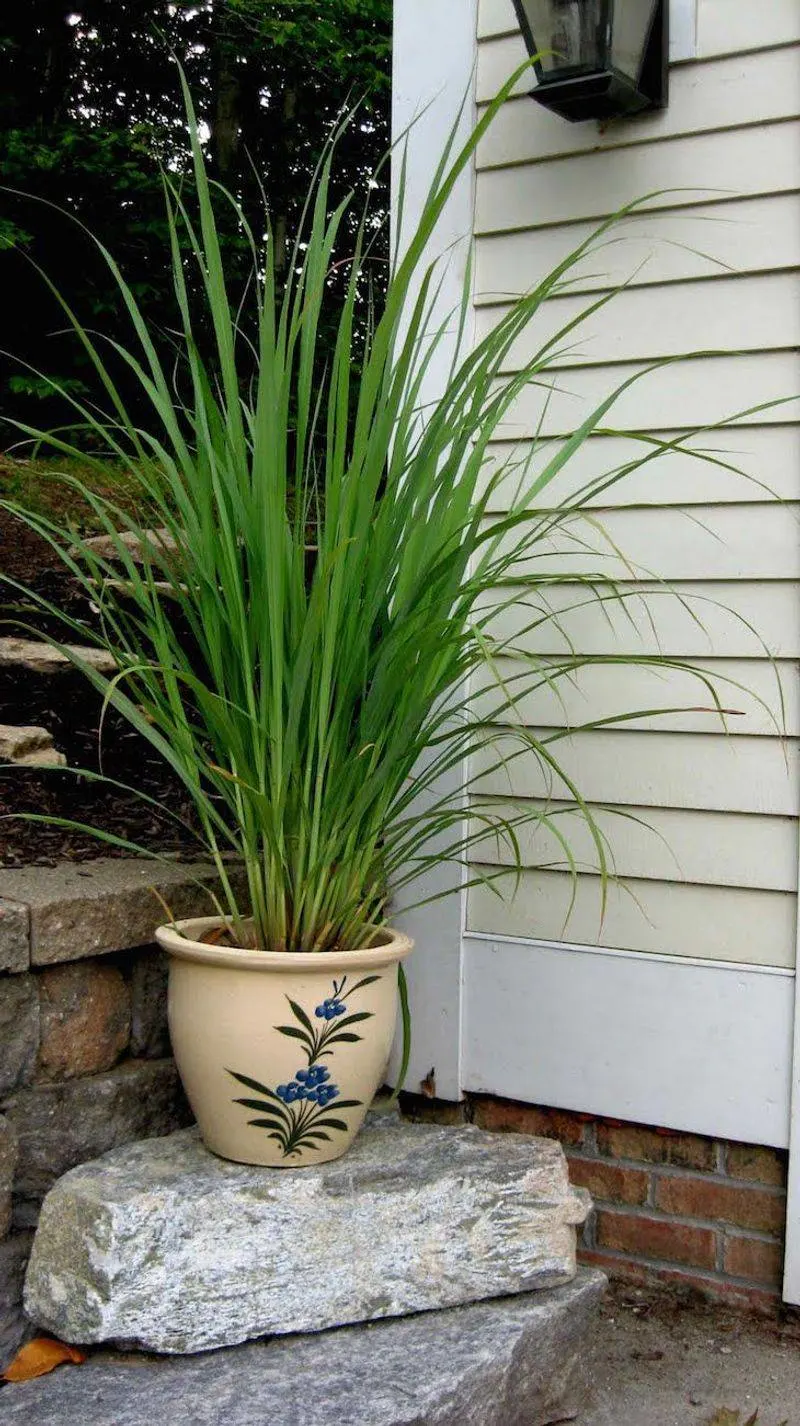
This fragrant grass was more than just a culinary delight. It was employed to relieve stress and enhance digestion, often added to herbal teas for its refreshing taste.
Fennel
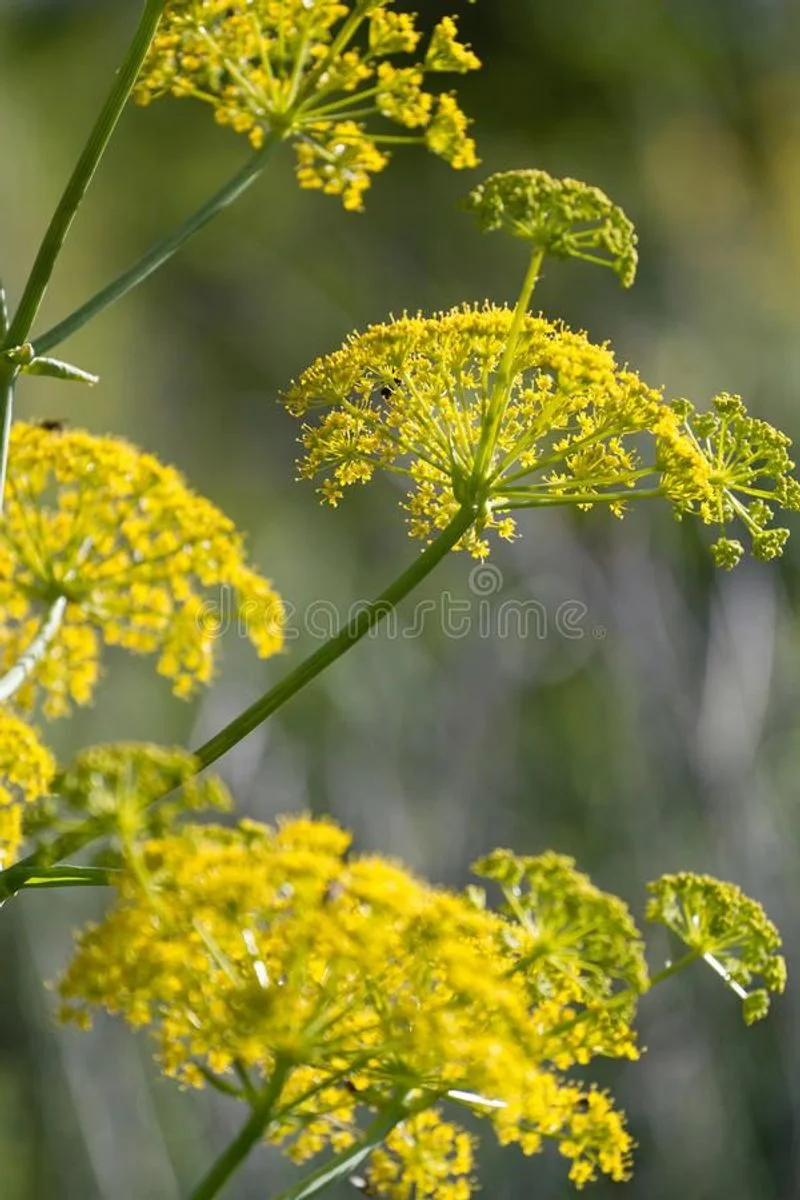
Praised for its digestive benefits, fennel was a common ingredient in ancient remedies. It was believed to promote healthy digestion and relieve bloating.

